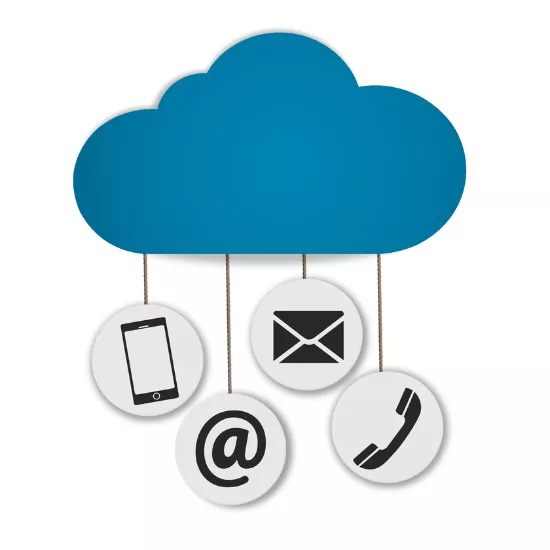About this Guide
This guide is a living work in progress. Our goal is to provide resources, guidelines, and learnings for our staff and faculty to ensure that our community remains a place of inclusivity, and that all members of our community are represented through storytelling, imagery, writing, presentations and interactions with each other. This includes our communication tools, our events, our meetings, our classrooms and our workplace.
Please also familiarize yourself with the University of Toronto's new Inclusive Language Guide, available through the U of T Brand Portal to staff and faculty.
Acknowledgements
We acknowledge the work done by groups outside of our Institute, both at the University of Toronto and others, and that their work has helped us to craft this guide. This includes campus partners such as the UTM Equity, Diversity and Inclusion Office, the U of T Anti-Racism and Cultural Diversity Office, the UTM Office of Indigenous Initiatives, the U of T AODA Office, and the U of T Sexual & Gender Diversity Office. Our deepest thanks to our peer post-secondary institutions including Simon Fraser University, the University of British Columbia, York University and Humber College, whose work and publicly-posted resources have acted as a guide for our own work.
Inclusive Communications & Practices
The University of Toronto is committed to creating an inclusive, supportive environment for students, staff, faculty and all members of our community. You can find more about U of T's Equity, Diversity and Inclusion practices and policies at the Division of People Strategy, Equity and Culture and, UTM Equity, Diversity and Inclusion Office and the UTSC Equity, Diversity and Inclusion Office.
The Institute for Management and Innovation, as the home of this Guide, is a place of tremendous diversity, and among our key values are ethics, unbiased openness, inclusive diversity, meaningful sustainability and compassionate well-being.
An understanding of intercultural lenses on communication practices, as well as equity, diversity and inclusion lenses are core to our work and ways of being.
Intercultural Lens: we acknowledge that each person carries a set of cultural lenses through which one sees the world, experience situations, or interprets information. As part of our inclusive practice, we recognize and acknowledge each other’s cultural experiences, lenses, and ways of interpreting the world, and commit to remaining mindful of this in our work.
Equity, Diversity and Inclusion Lens: every person engages with language, relationships and lived experiences in unique and individual ways. Sensitivity to the historical meanings of words, symbols, phrases, terminology and behaviours is critical in creating a truly inclusive communication approach. As part of our practice, we commit to recognizing and reflecting our community in our work and the continual learning that accompanies this. This includes work being done to examine existing structures and processes with the aim to address inequities. For example, as you’ll read in the links below, we can consider the use of colloquial phrases for clear communication as well as meaning to phrases we use every day. You can find many resources online that provide insight to phrases that have harmful historical origins.
Visit the sections below to learn about inclusive writing and verbal communication, find on-campus and other resources, and more.
IMI Inclusive Communications Practice Guide: Feedback and Input
Feedback and Input
IMI welcomes your input, ideas, feedback or contributions to this Communications & Practice Guide. This resource is continually updated to reflect our community.
Please feel welcome to email us at: imi@utoronto.ca.
Last Update: April 26, 2024





